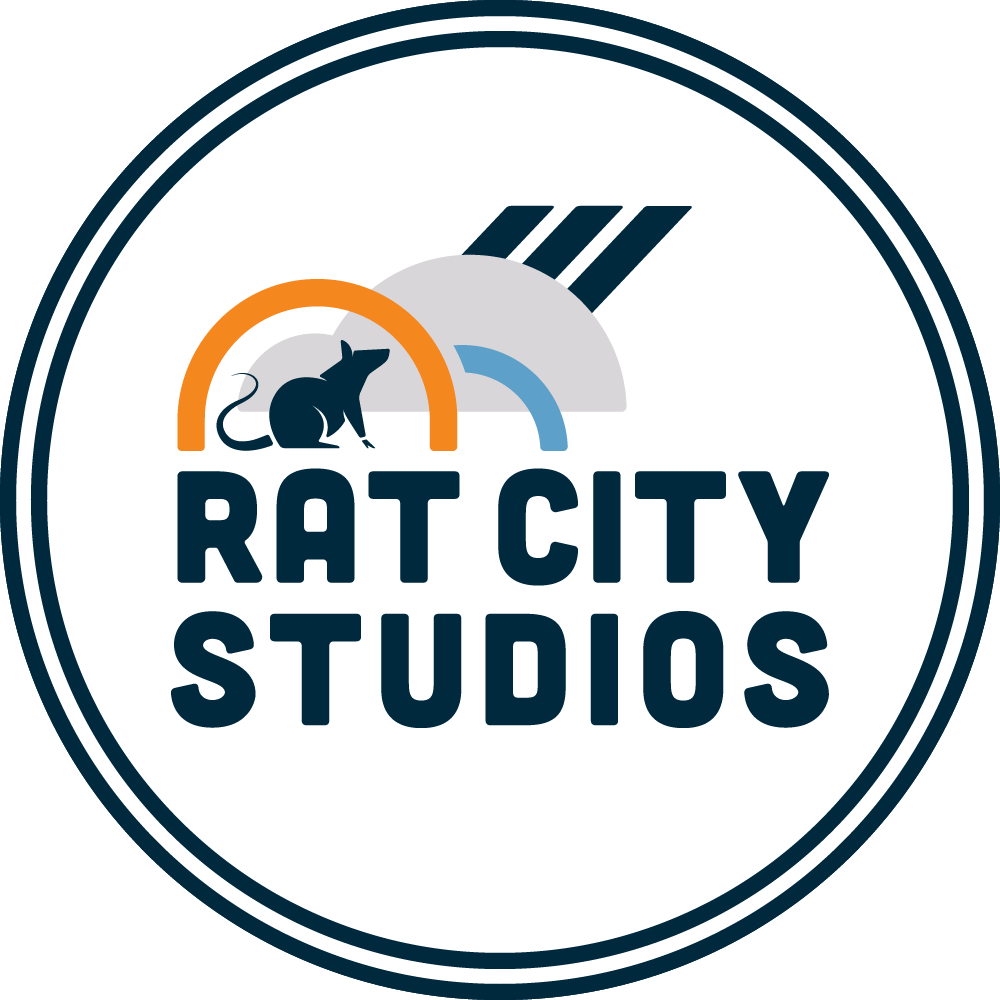3D Printing: A Journey in Art & Tech
/By: Hayley Reed
3D Printed Form - 2018
I have been living with my 3D printer for about a year and a half now. I have learned so much while navigating through the challenges of working with this tool. Not long after I purchased a 3D printer, I wrote a post for the Rat City Studios blog called “3D Printing: Process & Challenges.” In that blog post you can read more in depth about the roadblocks I faced while teaching myself about my new 3D printer and design software.
How did I get into 3D printing?
I began combining 3D printing and ceramics during my final year of college at The School of the Art Institute of Chicago. I was in a slip casting course and we were assigned to use some sort of technology (3D printing, CNC milling, laser cutting, etc) to make an original object to make a plaster mold for casting. I gravitated toward this process because it really lended itself toward my aesthetic preferences. I like making very clean, structural, and angular objects. Using the computer, 3D printing, and slip casting I was able to make these architectural objects in multiples. While I was in school I was lucky to have a tech department that was very knowledgeable about the 3D printers, kept them running well, and helped me out a lot when I was confused about certain settings.
Creality cr-10S & Small vase prototype
Buying my own printer
After graduation I knew I wanted to keep 3D printing and slip casting. The beginning of my time at Rat City Studios I researched a lot of different options. I considered a maker space membership, uploading my designs online to be printed and sent to me, and buying a printer. Ultimately it made the most sense to buy a printer. It was more cost effective, and I am able to have a lot more control having it in my apartment to tinker around with; however, buying a printer also came with a lot of unexpected challenges. It was a lot harder that I thought to get it going, and keep it running well. I now feel a lot more confident troubleshooting issues I have with my machine than I did in the beginning.
The printer I ended up getting is the Creality CR-10S. To narrow down my options, I set a budget first. After that I considered features, size, online reviews and recommendations. YouTube was instrumental in my decision. I watched a lot of video reviews and kept track of which printer had a lot of tutorials and troubleshooting videos that I could reference later on.
Design & Printing Software
Design Software
I use Tinkercad, Blender, and Cura to design and print my objects. Tinkercad is a free program that you use right in your web browser. It is the easiest to use, but it is also more limiting compared to Blender. Blender is also a free program which is really cool, and it is downloaded to your computer rather than working in a web page. I often start a design in Tinkercad and upload it into Blender to further customize the design. Blender is great because it has an immense amount of settings, but it comes with a very steep learning curve. Cura is free as well, and it is the program that houses all the settings that tell the printer what to do, and how to print the design.
Prototyping
I like to design several iterations of a similar form, and then print them to see which one I like best. It is so different being able to hold and examine variations of a form in person rather than rotating it around on the computer. I have had this base shape saved in Tinkercad for a while so I decided to take it into Blender and create a more dynamic and inviting form. When I am starting a new design I like to save the base shape and create a variation of designs using different tools to transform the shape or add onto it. At the studio we have been focusing on vases, and I have been particularly interested in vases that have individual places for the flowers to be arranged.
Variations on a form - Digital design using tinkercad & blender
Learn more!
I wrote an article for the March / April edition of Pottery Making Illustrated about my slipcasting and stacking process. In this article I demonstrate using multiple slipcasting molds to create variations on an original form. I use this process to make my vases. Read more in print and through the Ceramic Arts Network website.











